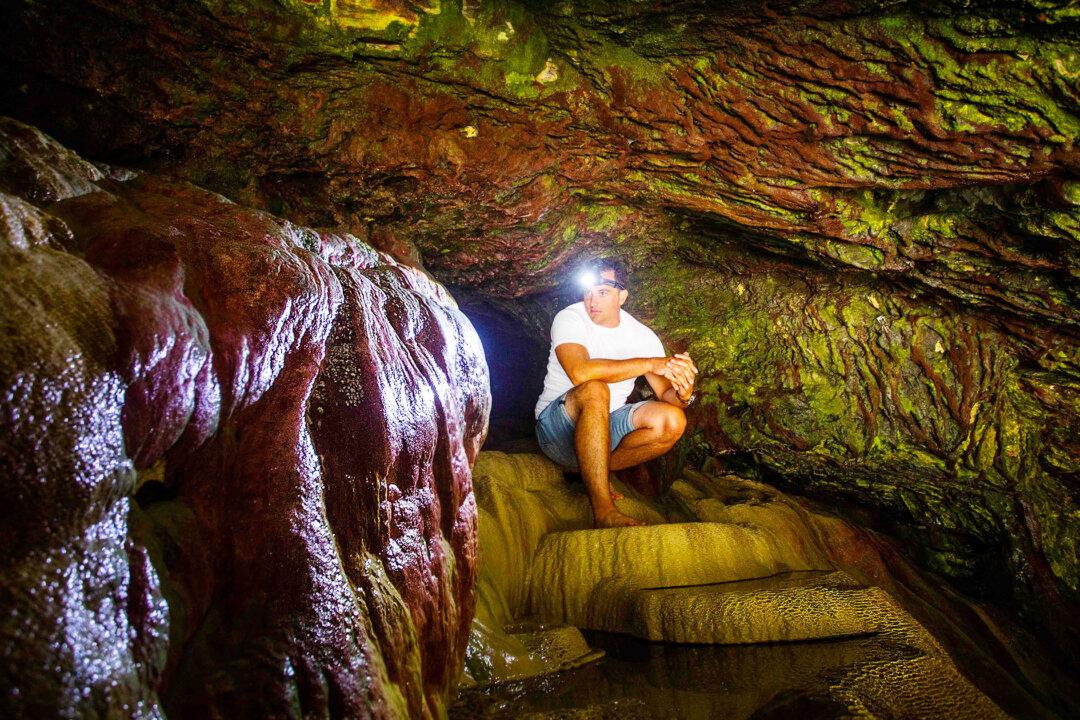Stunning pictures show inside a rainbow-colored “forgotten” sea cave that is thought to have special healing powers.
The multicolored grotto was once one of Britain’s most mysterious sites and attracted huge numbers of visitors during the 17th and 18th centuries.





